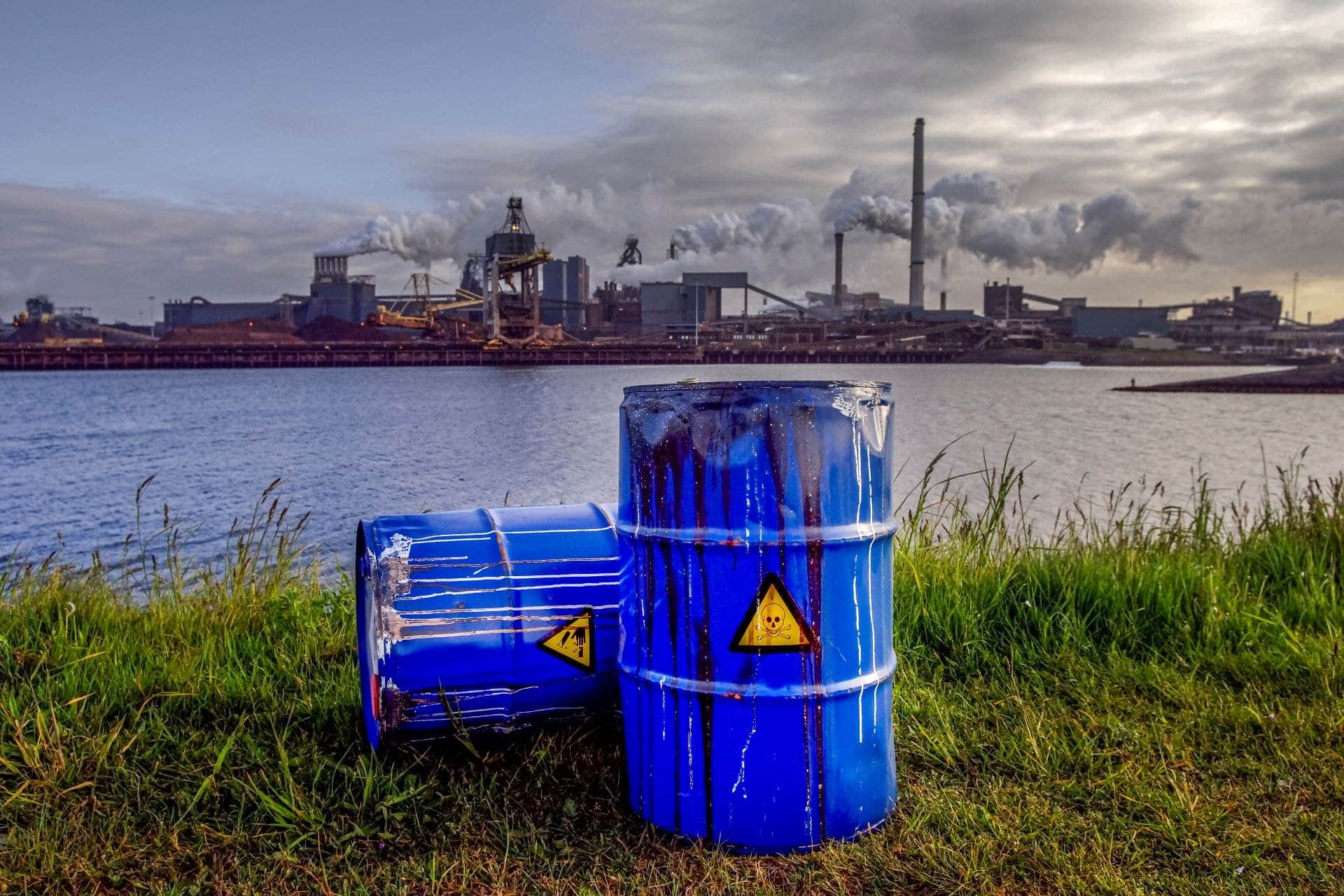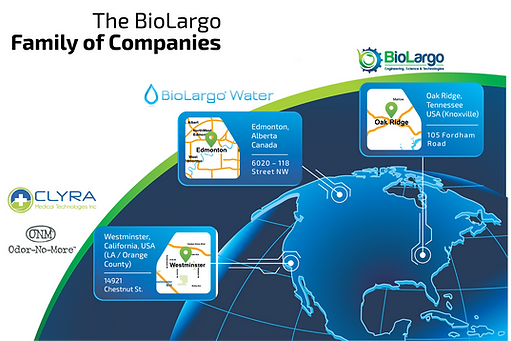 EPA Announces $2 Billion in Funding to Address Emerging Contaminants like PFAS in Drinking Water
EPA Announces $2 Billion in Funding to Address Emerging Contaminants like PFAS in Drinking Water
U.S. Environmental Protection Agency Administrator Michael Regan recently announced the availability of $2 billion from President Joe Biden’s Bipartisan Infrastructure Law to address emerging contaminants like per- and polyfluoroalkyl substances (PFAS) in drinking water across the country. Biden-Harris Administration Announces $2 Billion in Bipartisan Infrastructure Law Funding to States and Territories to Address Emerging Contaminants like PFAS in Drinking Water | US EPA
This investment, which is allocated to states and territories, will be made available to communities as grants through EPA’s Emerging Contaminants in Small or Disadvantaged Communities (EC-SDC) Grant Program and will promote access to safe and clean water in small, rural and disadvantaged communities while supporting local economies. Regan announced the water infrastructure investments in Maysville, North Carolina, while holding a community roundtable with North Carolina Department of Environmental Quality Secretary Elizabeth S. Biser and other state and local leaders.
“Too many American communities, especially those that are small, rural or underserved, are suffering from exposure to PFAS and other harmful contaminants in their drinking water,” says Regan. “Thanks to President Biden’s leadership, we are investing in America and providing billions of dollars to strengthen our nation’s water infrastructure while safeguarding people’s health and boosting local economies. These grants build on EPA’s PFAS Strategic Roadmap and will help protect our smallest and most vulnerable communities from these persistent and dangerous chemicals.” News Briefs: Ohio Train Derailment Sparks… | Treatment Plant Operator (tpomag.com)
 See the introductory article of our BioLargo, Inc. (OTCQB: BLGO) series for necessary context related to our initiation of BioLargo, Inc.
See the introductory article of our BioLargo, Inc. (OTCQB: BLGO) series for necessary context related to our initiation of BioLargo, Inc.
BioLargo Inc Stock Price Today | OTC BLGO Live Ticker – Investing.com
As nationwide PFAS testing at municipal water systems continues, the EPA intends to leverage the Toxic Substances Control Act (TSCA) to penalize industries whose PFAS production or disposal levels violate a maximum contaminant level goal (MCLG), also proposed by the EPA. The agency will release a notice of proposed rulemaking on March 3, with federal legislation introduced by September 2023, if not earlier.
 Considering the staggering pace the EPA has acted in respect to PFAS, federal regulations are inevitable–purely a matter of when, not whether.
Considering the staggering pace the EPA has acted in respect to PFAS, federal regulations are inevitable–purely a matter of when, not whether.
Rutgers University is even facilitating an online course this May for environmental authorities in both public and private businesses to take in preparation for eventual regulation. California is making good on this promise per the state’s own Safe Water Drinking Act-related legislation, as is West Virginia, reflecting an increasing trend of state-initiated action. Michigan’s recent report provides a glimpse into the extensity of PFAS testing, representing how serious states are in addressing the severity of these chemicals. More states will follow—and with full EPA support. Settlements against offending companies will fund PFAS elimination initiatives nationwide, notably in states with historically high industrial footprints.
BioLargo, Inc. is prepared to reap the rewards of good timing paired with the company’s advanced, proprietary PFAS-removal technologies. From the company’s blog:
With the enhanced understanding of the significant risks to human health that [PFAS] pose, regulations are being proposed and implemented to control human exposure and remove them from our environment. Regulations were proposed to add PFAS to the CERCLA (“Superfund”) list last September [2022] and PFAS are expected to be added to the Resource Conservation and Recovery Act (RCRA) list in 2023. In the summer of 2022, the Health Advisory Levels (HALs) for PFAS were revised down almost 10-fold, with similar changes expected under the Safe Drinking Water Act in early 2023. The EPA has begun pushing for new monitoring of PFAS contamination of air and wastewater as a likely prelude to tightening regulations.
 The company will consequently generate significant revenues, and likely sooner than later as companies seek to avoid exorbitant legal costs and a tarnished reputation. Take the industrial giant 3M for perspective: the $4.7 million weekly lawyer fees the company is incurring from their defective earplug’s lawsuits will pale in comparison to those associated with PFAS-related illnesses, especially cancers, infertility, and birth defects.
The company will consequently generate significant revenues, and likely sooner than later as companies seek to avoid exorbitant legal costs and a tarnished reputation. Take the industrial giant 3M for perspective: the $4.7 million weekly lawyer fees the company is incurring from their defective earplug’s lawsuits will pale in comparison to those associated with PFAS-related illnesses, especially cancers, infertility, and birth defects.
PFAS federal regulation will occur, albeit with thresholds set at reliable testing limits of 5 nanograms per liter, with goals reaching as close to zero as possible as testing technologies advance in efficacy and affordability. Municipal utility companies (and subsequently municipal government bodies) will look to enforce the most practical interventions to avoid imposing excessive rate hikes to cover installation and annual maintenance costs of PFAS removal methods, such as the following:
- Granular Activated Carbon (GAC) is the most cost-efficient and space-saving to install but expensive to maintain as it generates high, unrecyclable carbon waste requiring frequent incineration that produces greenhouse gas emissions (GHGs), which will only increase greater scrutiny, fines, and required remediation from the EPA. Essentially, one environmental problem is being traded for another. With eventual PFAS air-emissions testing on the horizon, GAC methods will become unpopular removal methods.
- Ion-exchange is cost-efficient and ideal for small systems. However, these systems cannot catch most short-chain PFAS, thus limiting their application as federally imposed thresholds lower in the future. Ion-exchanges systems are also more costly than GAC methods.
- Reverse-osmosis (RO) membrane systems are most preferred as installed membranes capture all PFAS chains—over 12,000 known types—plus removes other contaminants without needing addition testing equipment or materials, and without experiencing compounding disposal costs. However, ROs require a significant amount of energy and are traditionally the most expensive.
 As more PFAS are categorized as hazardous, RO membrane systems such as BioLargo’s will become the preferred removal method to avoid upgrading costs from cheaper removal applications. As more states transition to and scale up their renewable energy sources, operating costs will plummet and make BioLargo’s method more cost-attractive than its $.30USD/1000 gallons already proves to be. This will lessen the need for municipalities to increase water rates—a political third-rail issue akin to tax increases.
As more PFAS are categorized as hazardous, RO membrane systems such as BioLargo’s will become the preferred removal method to avoid upgrading costs from cheaper removal applications. As more states transition to and scale up their renewable energy sources, operating costs will plummet and make BioLargo’s method more cost-attractive than its $.30USD/1000 gallons already proves to be. This will lessen the need for municipalities to increase water rates—a political third-rail issue akin to tax increases.
Please subscribe to TradersQue to receive updates as they arise regarding PFAS-related legislation and BioLargo technical analysis, charts, and price-per-share valuation.

